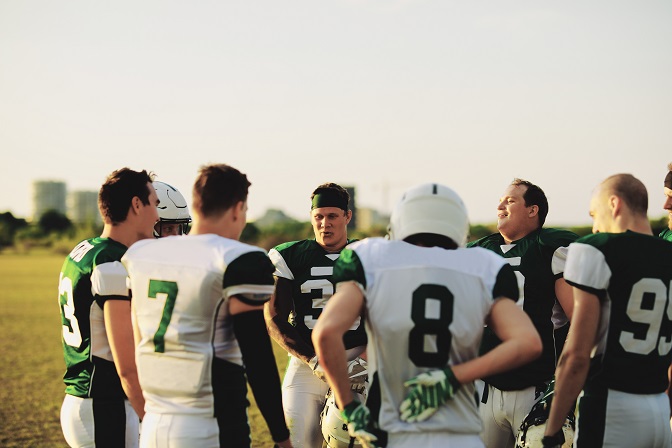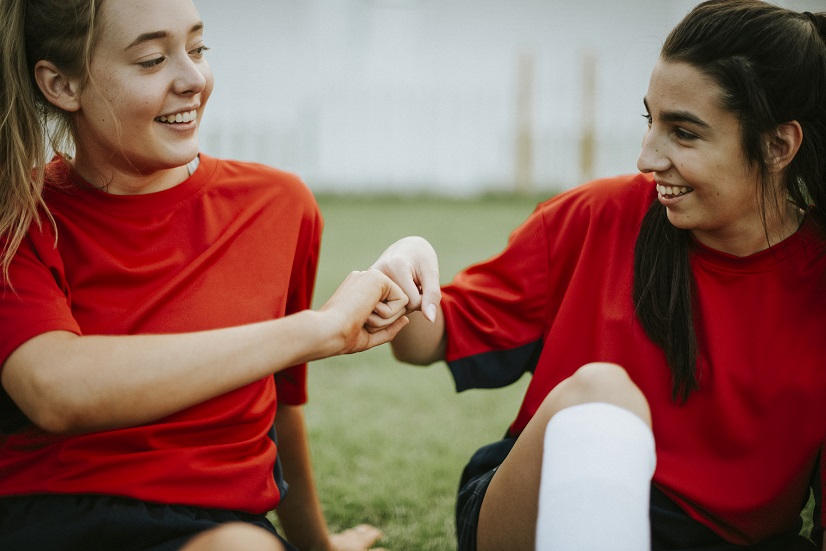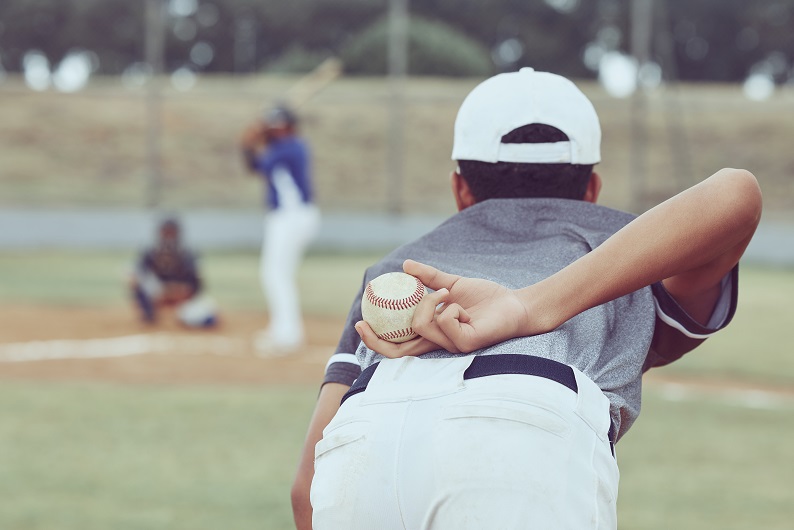American football is a sport of power and precision. One of the most important skills to master when playing football is tackling. Tackling properly can help prevent injuries, stop the opposition’s progress and make sure you don’t give away penalties. It’s a crucial aspect of any team’s defensive play and something that must be masse several techniques and drills can
When it comes to tackling, there are several techniques and drills that can help improve your skills. To ensure you stay safe and make the most of each tackle, you should focus on the, ee main elements: body positioning, wrap-up tackling and stripping the ball. With practice, you’ll be able to develop a proper understanding of how to tackle and the proper body mechanics you should use when making a tackle.
Key Takeaways:
- Proper body positioning is key when tackling to ensure both safety and effectiveness.
- Wrap-up tackling involves wrapping your arms securely around the ball carrier and driving your legs to take them down.
- Stripping the ball involves aiming for the football as you tackle, wrapping your arms around it, and then pulling with a jerking motion to try and dislodge it.
- Agility drills, sled drills, and live tackling drills can help you improve your tackling skills.
- Practice and drilling are important to ensure you master the techniques of tackling.
Fundamental Techniques
In order to make a successful tackle, it’s important for players to maintain proper body position and technique. The most important factor in making a good tackle is keeping the head up and eyes on the ball carrier; this allows for before-action time when attempting to make contact. Additionally, having the feet moving prior to contact helps create momentum that will help the defender make a successful tackle. Finally, it’s important to maintain a good pad level, allowing for better leverage when making contact with the ball carrier.
B. Wrap-Up Tackling
- Place arms securely around the ball carrier’s waist
- Drive legs to take down the ball carrier
- Roll over to ensure a secure tackle
Wrap-up tackling is one of the most important techniques for defenders in American Football. This technique involves wrapping up the ball carrier’s waist with both arms, then driving forward with the legs and leaning into them until they are taken down. It’s important to roll over onto the ball carrier after making contact, as this will help create a secure tackle from break defenders need to dedicatee muscle memory in order to be effective, so it’s important for defenders to dedicate time to perfecting it.
C. Stripping the Ball
- Aim for the football when making contact with the ball carrier
- Wrap your arms around the football while tackling
- Pull with a jerking motion to try and dislodge the ball
Stripping the ball is another technique defender needs to aim tackle. When making contact with the ball carrier, it’s important for the defender to aim for the football, wrapping their arms around it white. Once contact has been made, the defender must then pull with a jerking motion in order to try and dislodge the ball. torque takes practice, as defenders must learn exactly where and how their defenders need to focus and rip the ball from the ball carrier.
In conclusion, it’s important for the defendant on improving their tackling technique and practices fundamental tackling drills in order to be successful on the field. It’s also beneficial for defenders to practice stripping the ball, as it can help them create turnovers and give their offense a better chance of scoring. By focusing on proper body positioning, wrapping up the ball carrier correctly, and practicing stripping the ball, defenders can become more effective on the field.
Drill and Practice
Drilling and practicing are essential components of becoming a better tackler in American football. By understanding the fundamentals of tackling and putting in the necessary time and effort, players can improve their technique and become more effective on the field.
One key way to hone this skill is through agility drills. Working with ladders and hurdles can help a player quickly and accurately move his feet, improving his lateral agility and balance. Figure 8s are also a great way to practice changing directions quickly, as well as developing the muscles needed for a successful tackle.
Sled drills provide an opportunity to practice taking proper contact. By driving their legs into the sled as they would when tackling an opposing player, players can strengthen their tackling muscles and improve help ensuring a teammate practices tackle position can also be helpful in ensuring the proper form is used with the team’s custom 7 on 7 uniforms.
Live tackling drills offer the most realistic scenario for improving tackle technique. Having a teammate or coach run routes in real-game hone your angles and footwork will help practicing more effectively in real-game situations. By focusing on proper form and practice repetitively, you can better prepare yourself to make the perfect tackle when it counts.
Practicing and drilling are essential for contact-taking tackling techniques in American football. By honing your agility, contact taking abilities, angles, and footwork through drills and live tackling scenarios, you can become a better tackler. With the proper form and dedication, you will be able to make consistent, secure tackles on the field.
Summary
American football is a contact sport that requires physicality and agility. Tackling is one of the most important skills in the game, as it can create turnovers, stop goals, and prevent big plays. It’s essential to know how to tackle safely while also being effective at doing so.
There are several fundamental techniques when it comes to tackling. The first is body positioning, which means keeping one’s head up and eyes on the ball carrier, as well as a moving foot to gain momentum before contact is made. Maintaining good pad level is also key. Wrapping up involves placing the arms securely around the ball carrier’s waist and driving their legs to take them down. Stripping the ball also involves aiming for the football and your arms around it, then pulling with an action to dislodge it from their possession.
In career to improve one’s tackling technique, drilling and practicing is essential. Agility drills like ladders and hurdles are great for training your footwork and balance, as well as your reaction time to the ball carrier. Sled drills help with driving your feet and taking proper contact, while live tackling drills are important for working on angles and footwork when making contact with the ball carrier.
Improving one’s tackling ability is essential for success in American football, as it can be the difference between a win and a loss. Taking the time to learn and drill on proper techniques is vital, as it will help make sure that you are safe and effective when making contact with an opponent. Not only that but mastering tackling techniques can also give players a much-needed confidence boost. With dedication and practice, anyone can become a great tackler.
This article has provided an overview of tackling techniques and drills in America, as well as the importance of practicing and drilling to improve one’s tackling abilittacklersg these tips, players can become a more effective and safe tackler on the field. With dedication and practice, anyone can become a great tackler.

















